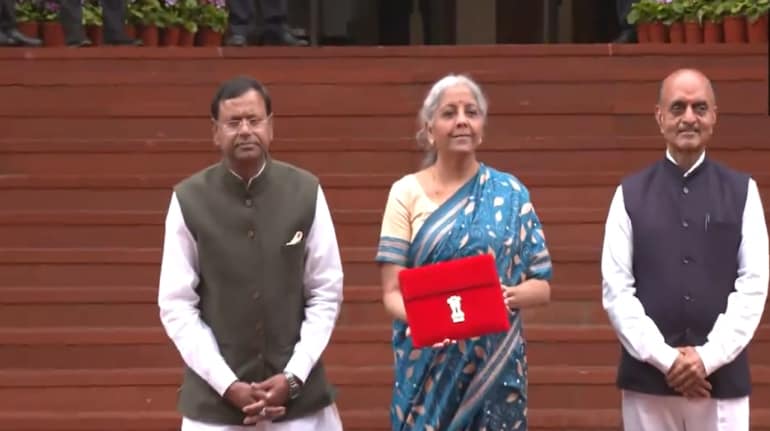
According to ICRA, after the satiation of the pent-up demand seen during the festive season in 2020, purchases of consumer durables may be restricted, which would impact capacity utilisation in FY2022.
The government does not expect the economic impact of the second wave of the COVID-19 pandemic to be as severe as the first, said finance secretary TV Somanathan in an interaction with the media.
That is pretty much the consensus view among economists, multilateral institutions such as the International Monetary Fund and the World Bank, and the Reserve Bank of India.
Although the central bank has toned down its optimism on economic growth from earlier in the year, it still projects India’s gross domestic product (GDP) to grow at 9.5 percent in FY22. In its assessment of the economy published in the middle of May, although it has warned of a potential demand shock, it also said its assessment was that “loss of momentum is not as severe as at this time a year ago.”
To be sure, it is not as if there is no impact from the second wave. Earlier, the RBI had projected growth at 10.5 percent. Private sector economists too have pared projections to 9-10 percent now from 11-14 percent earlier. The spread of infections in the hinterland and the potential reluctance of households to spend even after the second wave subsides could further dampen the recovery.
At this stage, however, things are better in comparison to the first wave. In FY21, when India imposed the most stringent lockdown in the world, gross domestic product (GDP) shrunk by 7.3 percent, the first contraction in about 40 years.
The second wave of the pandemic has been more devastating than the first in terms of the number of infections and loss of life. After peaking at close to 400,000 cases daily, the number of fresh infections has fallen to less than 100,000 for the past three days. This has raised hopes of the lifting of restrictions by states which have imposed local lockdowns.
In any case, the absence of a national lockdown has allowed the economic activity to continue even if at a moderate pace, show high frequency data. The latest edition of Moneycontrol’s economic recovery tracker showed activity recovering from the lows hit in May as lockdowns ease. Power consumption is increasing, vehicle registrations are moving up while exports and rail freight rose. Goods and Services Tax collections of over Rs one lakh crore in May also added to the sentiment. The manufacturing purchasing manager’s index showed activity expanding in May even if it was a multi-month low.
"The restrictions this time have been less stringent and staggered compared to the national lockdown and movement of people within the country was not stopped. That helped,” said Gaurav Kapur, Chief Economist with IndusInd Bank.
“Consumer and business confidence will get a boost once 30 percent of the eligible population gets vaccinated,” he said. “International experience shows that hospitalisation rates, fatality rates and the severity of the next wave reduces once 30 percent of the population is vaccinated.”
India has so far vaccinated about 5 percent of its adult population. About one in five adults have got at least one jab. Economists also say it is important that one-third of the adult population be vaccinated by the festival season.
Last year, growth was pulled up by pent-up demand during the festival season after the first wave of the pandemic ebbed. After contracting 23.2 percent in the first quarter of FY21, GDP growth bounced back to 0.4 percent for October-December and 1.6 percent for January-March.
The government, on its part, has announced that it would inoculate all adults by the end of December 2021 and made plans to secure two billion doses of vaccines.
In its monthly economic assessment released yesterday, the Finance Ministry said: “the key to regain the momentum of economic recovery is attainment of herd immunity (75-80 percent of population) at the earliest possible.” It added that vaccination of 10 million doses a day, about three times the present daily inoculations, was possible.Economic impact of second wave will not be as severe as the first: Finance Secretary - Moneycontrol
Read More

No comments:
Post a Comment